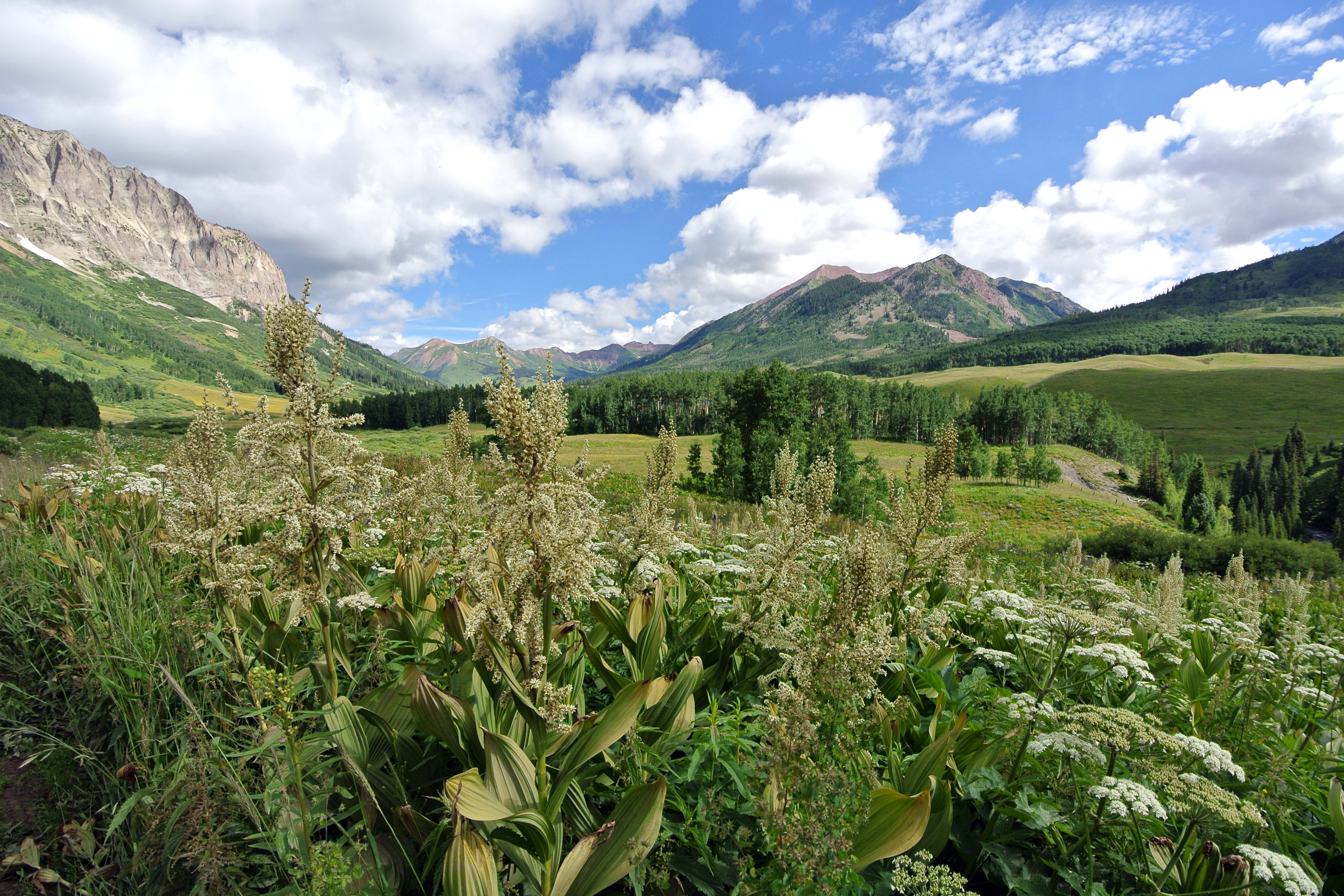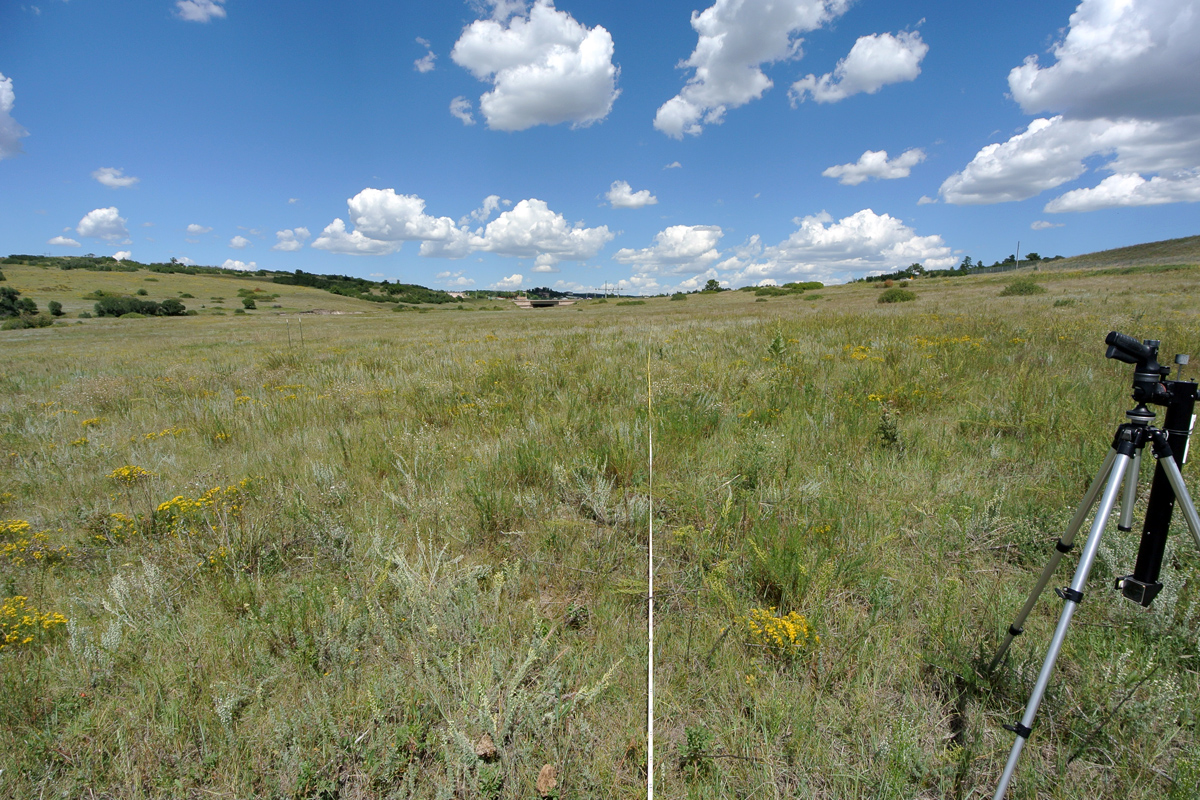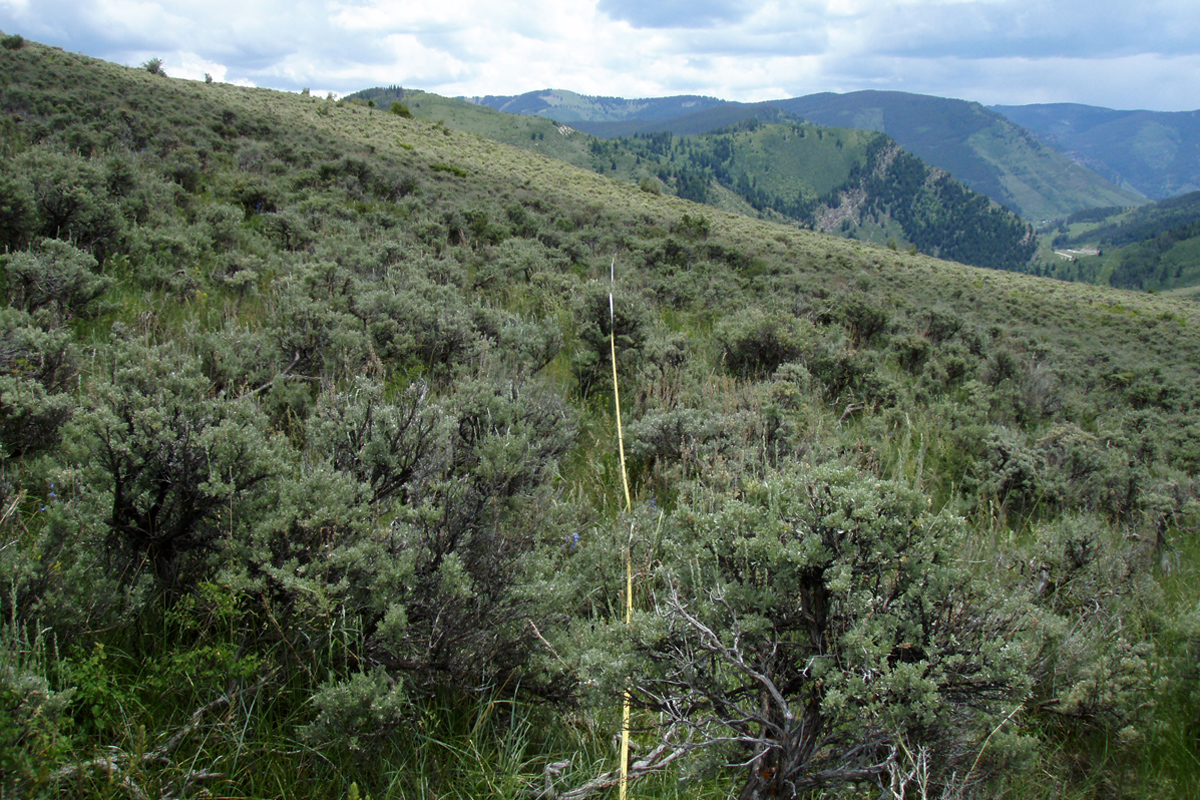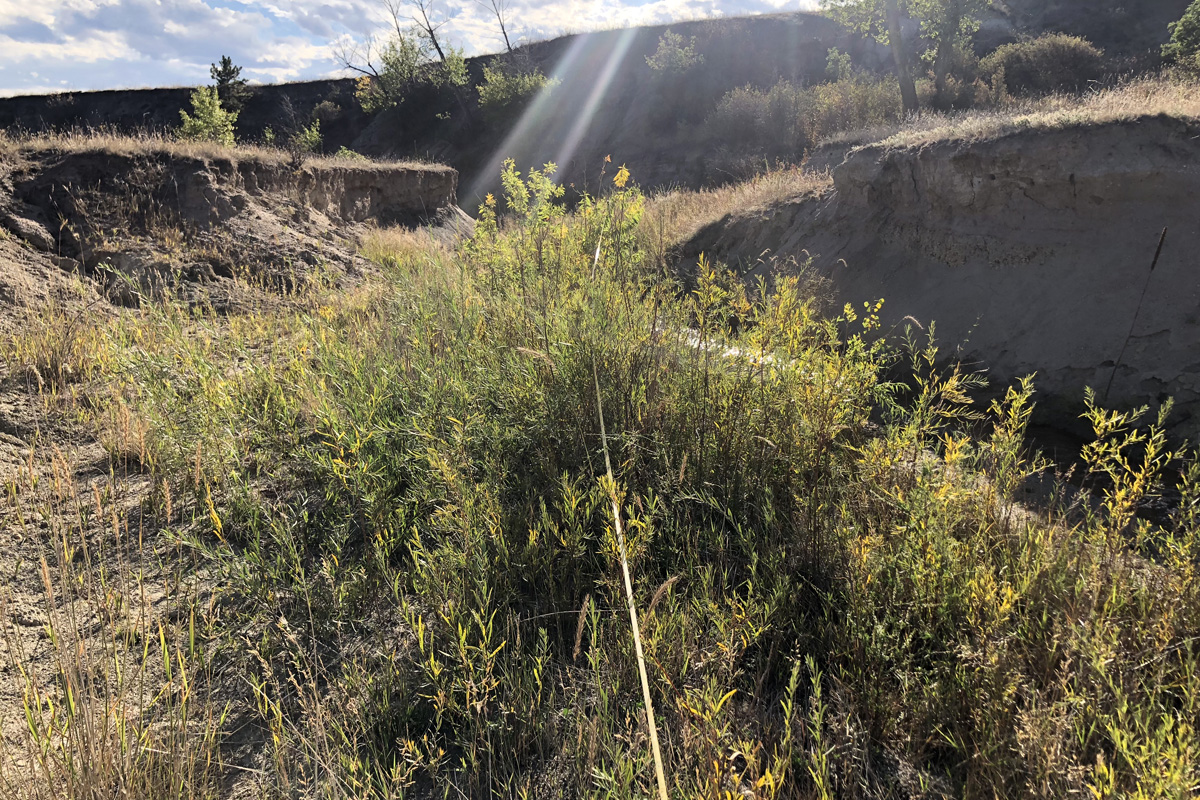Ecological inventories of plant communities provide an important foundation for restoration planning, environmental impact assessment, and land management decisions ranging from wildfire mitigation to protection of sensitive habitats. Our team includes experienced plant ecologists with the technical background to produce detailed botanical inventories for NEPA Compliance, baseline inventories, and for ecological restoration projects.
 Plantain leaf buttercup (Ranunculus alismifolius) on a frosty morning in the San Juan Mountains of Colorado.
Plantain leaf buttercup (Ranunculus alismifolius) on a frosty morning in the San Juan Mountains of Colorado.






